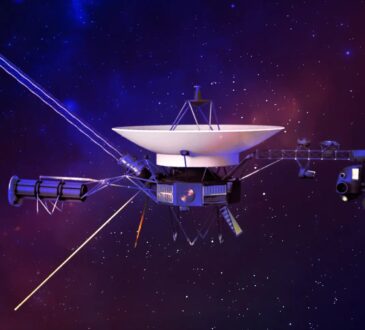
In today’s rapidly evolving digital landscape, businesses heavily rely on technology to drive their operations and maintain a competitive edge. However, the increasing dependence on technology also brings about the risk of IT disasters that can disrupt crucial systems and processes, resulting in significant financial losses and damage to a company’s reputation. That’s where a well-structured IT disaster recovery plan becomes indispensable. In this article, we will explore the key components of an effective IT disaster recovery plan and emphasize the role of managed IT services in ensuring business continuity.
1. Risk Assessment and Business Impact Analysis
Before designing an IT disaster recovery plan, it is vital to conduct a comprehensive risk assessment and business impact analysis. This step involves identifying potential threats and vulnerabilities that can lead to IT disasters, such as natural disasters, cyber-attacks, hardware failures, or human errors. A thorough evaluation of these risks helps organizations prioritize their resources and efforts, focusing on mitigating the most critical risks. Managed IT services providers play a crucial role in this phase, as their expertise enables them to identify potential vulnerabilities and assess the potential impact of various disasters on the business.
2. Defined Recovery Objectives and Strategies
Once the risks and potential impacts are identified, the next step is to define recovery objectives and strategies. Recovery objectives outline the desired recovery time and recovery point objectives (RTO and RPO) for different systems and applications. RTO determines the maximum acceptable downtime, while RPO defines the maximum data loss that can be tolerated. Managed IT services providers work closely with businesses to set realistic recovery objectives based on the criticality of systems and applications. Additionally, they help in formulating effective strategies to achieve these objectives, such as data backups, redundancy measures, and alternate infrastructure setups.
3. Data Backup and Recovery
Data is the lifeblood of modern businesses, and any loss or corruption can have severe consequences. An integral part of an IT disaster recovery plan is establishing a robust data backup and recovery mechanism. Managed IT services providers ensure regular backups of critical data and applications are performed and stored in secure off-site locations. They also implement efficient recovery processes to minimize data loss and restore operations swiftly in the event of a disaster. The use of advanced technologies like cloud storage and replication further enhances data resilience and accessibility.
4. System and Application Recovery
In addition to data, the recovery plan must address the restoration of systems and applications. This involves ensuring that the necessary hardware, software, and configurations are available to restore critical systems to full functionality. Managed IT services providers work closely with businesses to develop detailed system recovery procedures, including step-by-step instructions for system restoration, software installation, and network reconfiguration. They also conduct regular testing and validation of these recovery procedures to ensure their effectiveness and identify any potential gaps or issues.
5. Communication and Stakeholder Management
Effective communication is crucial during a disaster recovery process. An IT disaster recovery plan should include a comprehensive communication strategy that defines roles, responsibilities, and communication channels for key stakeholders, including employees, customers, suppliers, and partners. Managed IT services providers can assist businesses in developing and implementing a communication plan that ensures timely and accurate dissemination of information, minimizing confusion and maintaining stakeholder confidence during an IT crisis.
6. Testing and Training
Regular testing and training are vital to validate the effectiveness of an IT disaster recovery plan. Managed IT services providers facilitate the planning and execution of various testing scenarios, including tabletop exercises, simulations, and full-scale drills, to identify potential weaknesses and areas for improvement. They also provide training programs to educate employees about their roles and responsibilities during a disaster, ensuring a swift and coordinated response. Ongoing monitoring and updating of the IT disaster recovery plan based on test results and emerging threats further enhance its reliability and resilience.
7. Continuous Monitoring and Maintenance
An IT disaster recovery plan should be viewed as a living document that requires ongoing monitoring and maintenance. Managed IT services providers assist businesses in implementing proactive monitoring systems to identify potential risks and vulnerabilities in real-time. By closely monitoring the IT infrastructure, they can address emerging issues promptly and make necessary adjustments to the disaster recovery plan. Regular reviews and updates to the plan ensure its alignment with evolving business needs and technological advancements.
Prepare for the Worst
In today’s digitally-driven world, businesses cannot afford to overlook the importance of an IT disaster recovery plan. A well-structured plan, with the support of managed IT services providers, ensures business continuity, minimizes downtime, and mitigates financial and reputational risks associated with IT disasters. By conducting risk assessments, defining recovery objectives and strategies, implementing robust data backup and recovery mechanisms, restoring systems and applications, managing communication, conducting regular testing and training, and ensuring continuous monitoring and maintenance, organizations can effectively navigate through IT crises and emerge stronger than before. Investing in a comprehensive IT disaster recovery plan is an investment in the long-term resilience and success of any business.




